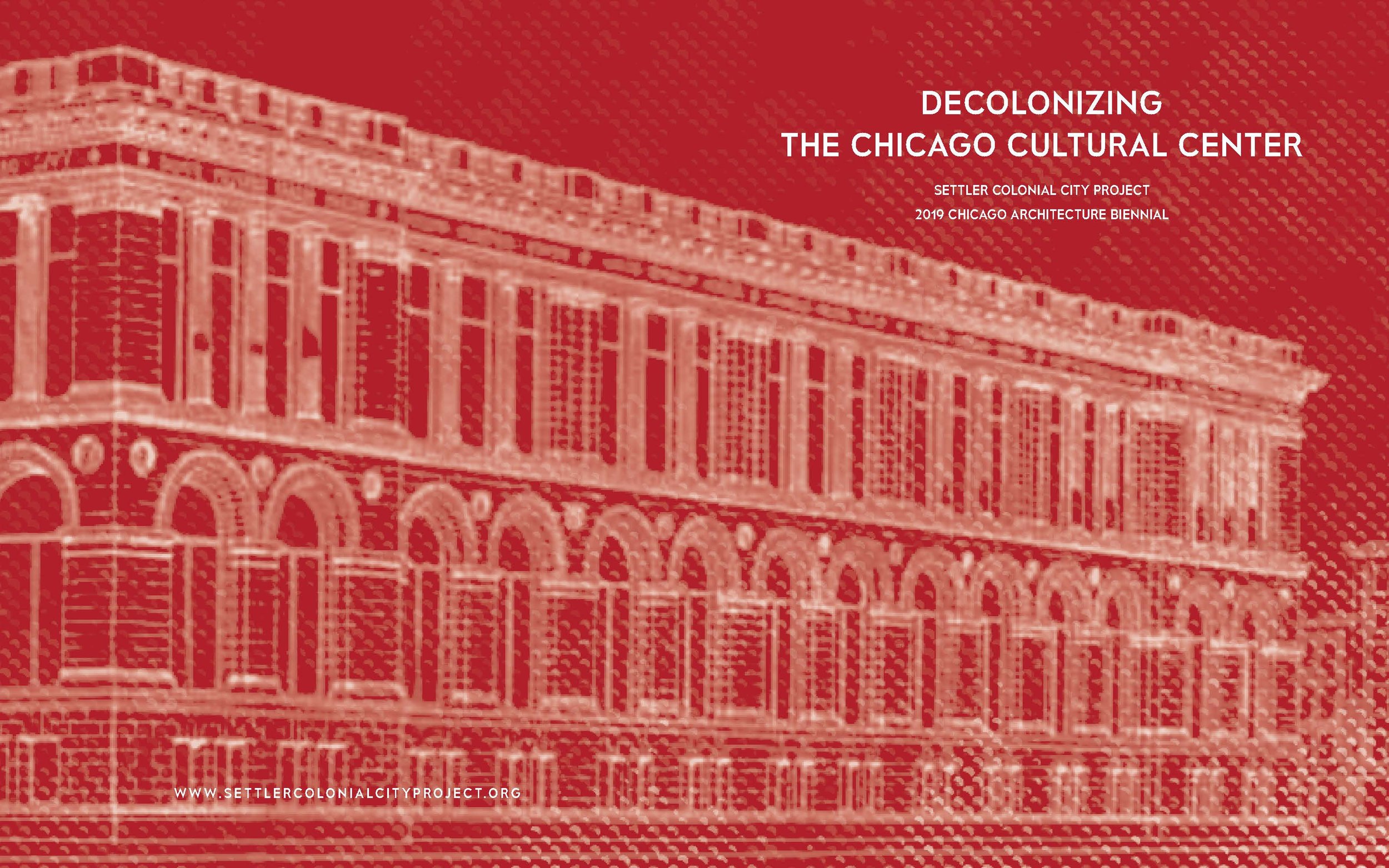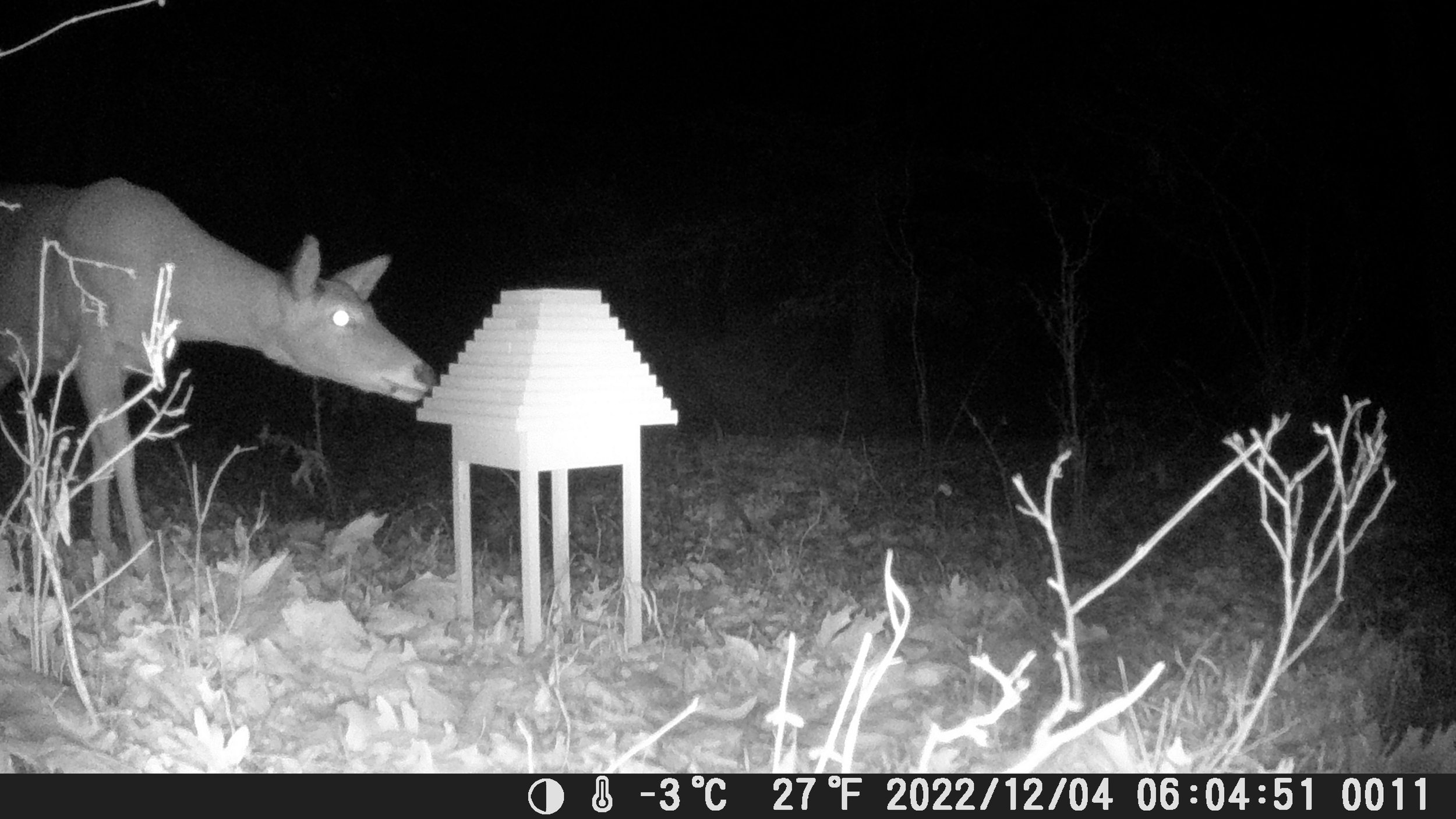
Nightclub Stealthies
Oh, honey, have I got some juicy gossip for you! Word on the street is that the most fabulous, leafy extravaganza took place yesterday at 2040 W Jefferson Blvd, and it has all of Los Angeles talking.

Feeling-Building
The house—material and metaphor—is a queer place indeed. Not simply queer in its relation to non-normative sexualities, but queer as in an adjective denoting something “strange, odd, peculiar.” This strangeness stems from its familiarity, otherness and archival role. In addition to its pragmatic use as a shelter for residents and a container for their records in the form of objects, clothing, and more, the home also holds affective experiences—memories both fond and fraught that we might associate with the psychic scars of trauma. Moreover, many archives, specifically queer archives, find their origin story beneath beds and in closets as well as final destinations in converted residences. Though only a brief reflection on the domestication of commemoration, this longstanding and inseparable connection between sites of dwelling and sites of memory may therefore offer unique potential in locating affect (our feelings towards things and events) within these repositories. What capacity does the built environment—the space of the home in which we all experience—serve in capturing the complex strata of histories, quotidian emotions and the creative ways we respond to and negotiate its trauma?

This Is What Makes Ruins: On the So-Called Post-Industrial City
Pidgin editors Cassandra Rota and Nigel Van Ha sat down with architectural historian, scholar, and activist Andrew Herscher to discuss the post-industrial city as an object of interest across pieces in issue 31. In the conversation, the “post-industrial city” is unpacked as a term, site, and history, as it intersects with the architectural discipline, artistic expression, and movement-based activism. Dr. Herscher, a Professor of Architecture at the University of Michigan, helps us reimagine the architectural discourse, education, and allyship in the “post-industrial” through the lenses of racial capitalism, settler colonialism, and ongoing work in these urban sites.

Connecting Earth to Earthwork
Ursula Le Guin’s essay “The Carrier Bag Theory of Fiction” maintains that “many theorizers feel that the earliest cultural inventions must have been a container to hold gathered products.” The origin of ceramic is the gat hering of small objects, using the earth to hold things. This investigation grew from a desire to connect literal earth with earthwork, the root of all architecture, using the land on which Princeton students study: New Jersey earth, the land of the Lenni-Lenape.

Pulp!
The non-relevance of physical space, and the oblique necessity of it, offers an awkward handshake between fingers and wires. The most lucrative entertainment franchises stand on the shoulders of hybrid multimedia production. Hyper-flexibility, within both tangible and digital mediums, allow these institutions to dominate global attention. Blockbuster behind-the-scenes footage of a caped man suspended in a warehouse of green, awaiting CGI environments cobbled together in post-production—ad infinitum.

Die Schlange (The Snake)
On a 15th-century piece of paper in black ink, Albrecht Dürer describes “die Schlange”. It is not immediately evident that this is a snake, as it bears no resemblance to the sinuous animal. Instead, he has illustrated a novel drawing instrument (Fig. 1). Oddly, what is left undescribed is the product of this mechanism. The “snake” refers to isn’t only the drawing instrument but the 3-dimensional serpentine curve absent from the illustration that the tool produces. Although Dürer does not explicitly represent the curve within the text, Underweysung der Messung, he does prescribe the kinematic arrangement of the five ‘rods’ and four ‘dials’, which would, hypothetically, be one of the earliest parametric drawing instruments intended to construct a 3-dimensional spline (or, as Dürer referred to it, “the serpentine line”). However, since no evidence suggests that this instrument was ever physically constructed, we can only speculate on its intended use. Some have hypothesized that the tool’s purpose was a sculptural jig or a mechanism to understand the movement of a body, while others have gone as far as suggesting an association with witchcraft. Regardless of the drawing instrument’s applied use, it is clear that die Schlange has the potential to construct endless and varied geometric splines.

Always at the Point of Vanishing: The Works, Bodies and Histories of Nasreen Mohamedi
The view from Nasreen Mohamedi’s studio window captures the tension “between concentration and danger” characteristic of her works. Against a rapidly industrializing Indian metropolis, Mohamedi’s drawing assumes figurative characteristics. As the new Congress government of the early 1980s ushered in an era of information technology and telecommunication revolution across the country, electricians—whose work Mohamedi was privy to from the confines of her studio—were paradigmatic of these tangible, material shifts in the urban environments. Networks of wire-strains stretch across the expansive sky, producing a precarious composition of fragile string. The “thickening and slimming” of these lines is a trace of the pressure from the drawing hand, just as the entangled electric wires might be read as material remains of the laboring bodies that assembled them.

One Day at Home Depot
It happened one day at the local Home Depot. We were wandering the aisles as usual, perusing the lumber. Running our hands along the grain, standardized profiles, sawn edges, and before we knew it, the pieces we touched had sprung up into a forest!

Wilderlife
Welcome, and thank you for making it to an orientation session here in our subterranean HQ! Our wilderlife community relies on volunteers like you to make Princeton a better place for all its animal inhabitants, both human and nonhuman. By joining us today, you are becoming a liaison for the wilderlife community, checking in on who’s around your neck of the woods, and helping the town track and manage its sylvan citizens.

The Obscured Original
Digitally archived on the official Facebook Page of Princeton University School of Architecture, this photograph of the opening reception of the Aldo Rossi show at Princeton in February 2018 captures a moment of stark theatricality created by the spatial orientations of the “protagonists” and the audience. On the “stage,” so to speak, major contributors to the exhibition cluster around a model—pedestaled and encased—of the renowned Italian architect’s Gallaratese Housing Quarter, one of his signature projects. Their frontal presence in the photo calls for recognition, and indeed, it is not difficult to recognize who they are—with but one exception. Who is this man, standing furthest to the left of the ensemble, alongside, from right to left, Gianni Braghieri (Rossi’s longtime collaborator), Mónica Ponce de León (Dean of the Princeton School of Architecture), Dan Sherer (exhibition curator), Yehuda Safran and Kurt W. Forster (curatorial consultants), and Peter Eisenman right next to him?

Lotuses in the Mud: House-Temples in Little Saigon
I can feel the familiar itch of a mosquito bite beginning to spread across the back of my hand. We’re standing in the backyard of my mom’s coworker’s home, a beautiful garden lush with flowers and a serene pond, undoubtedly the breeding ground for the mosquitoes attacking us on this humid summer day. Cô Uyên notices my excessive scratching and rubs the back of her neatly shaved head. “They always get me too,” she laughs, “my head makes an easy target.”

A Tent for Lovers / A Garden for Pollinators
“The hammock of love lies in the small garden of the most agreeable delights,” the visionary architect Jean-Jacque Lequeu wrote in 1810. This text described a plate illustrating an intimate space “inside a lush garden that contains flowers producing the ‘odor of paradise.’” A space designed, of course, exclusively for human pleasure.

Framing the Cycle—Cycling the Frame
Tilda Swinton stands in a lush meadow, sun-dried by the summer of 1989. She picks a few blades of grass and bundles them together. At the horizon, a band of gray concrete prevents the ochre and pale green grass from meeting the faded blue sky. A guard tower looms behind it, alluding to what the Berlin wall prohibits us from seeing. We can only assume the presence of the pair of eyes behind binoculars observing the intimate movie set from the flip side of our viewpoint. If there is anyone at all. In the forcefield of melancholia, joy, and historical estrangement is a vibrating feeling of beauty.

The World’s Flattest Floor
To save the reader the disappointment suffered by the writer, I should start by saying that we ended up just putting shims underneath the sculptures to stabilize them. But, at first, the Artist told us that shims were totally unacceptable, or a string of expletives to that effect, which I heard reverberate across the open-plan office from the Architect’s speakerphone. “Why can’t you make a flat fucking floor?!” the Artist demanded to know, and the Architect’s reasonable attempts to explain that our practice designed the Gallery fifteen years ago, and concrete tends to creep over time, and the Gallery was built on landfill, and the site used to be in the Hudson River, did nothing to tranquilize the situation. The Artist’s studio was preparing for two simultaneous shows of new sculpture at the Gallery’s Chelsea locations to open a couple of months later, so a solution was urgently needed. On W. 21st Street would be a set of curved steel sculptures, the kind for which the Artist is wellknown. But, on W. 24th Street, he had planned a series of tall flat steel plates to stand on their edges, which were only eight inches thick. While the curved pieces naturally support themselves based on their shape, the flat pieces lack such geometric advantages, and would be like playing cards standing on end.